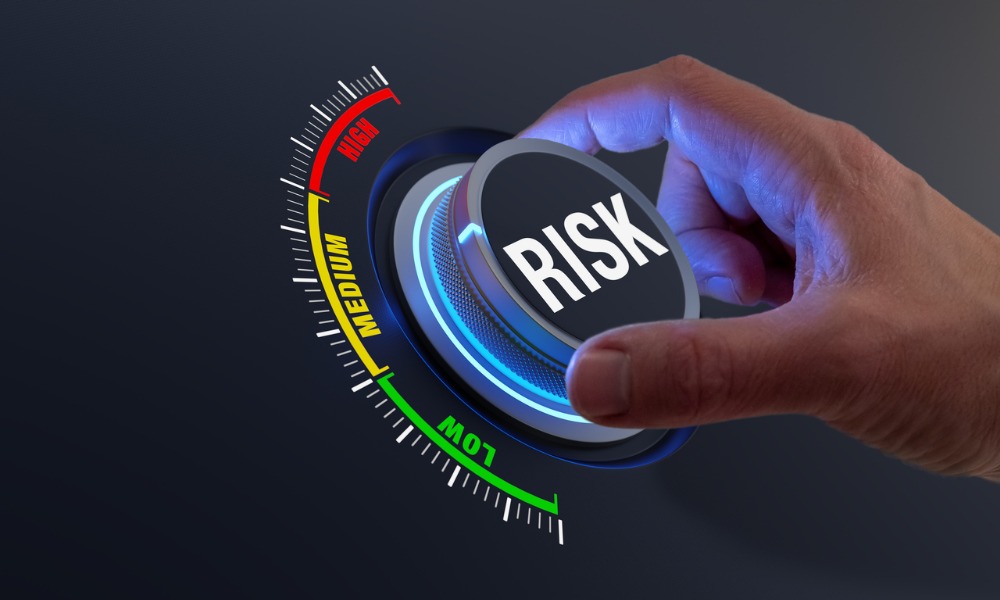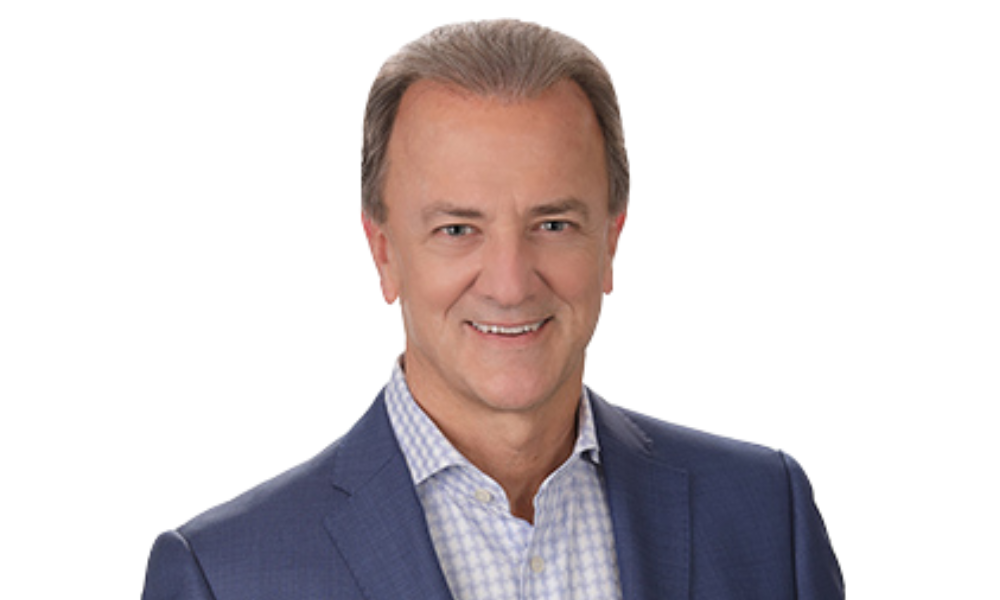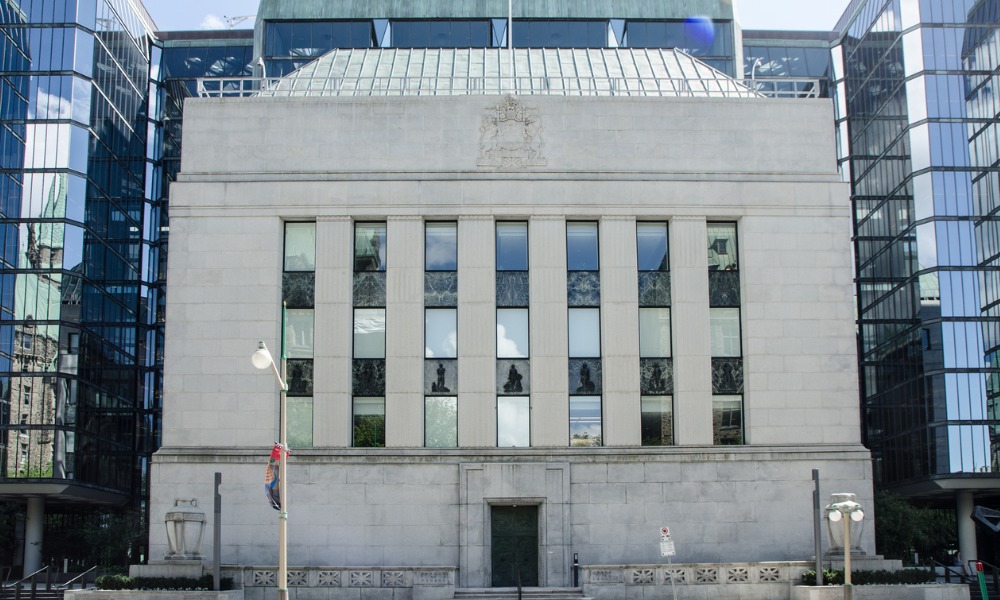Modeling the extremes of the coming bond-splosion with Russell Investments.
The last time interest rates were this low was in the wake of World War Two. The worrying question in the back of the mind of many investors: What happens to the value of existing bond portfolios once interest rates begin to rise?
Assuming the price of oil does not continue to short-circuit a recovery, there are many today betting that interest rates in the United States will begin to rise after a long period of radically low rates. If that happens holders of bond portfolios could be hit with real declines in the face value of their bonds.
The dynamics of the bond market are basic: If interest rates rise, older bonds paying lower rates drop in face value. Newer bonds with higher rates of interest increase in value. How much could be lost on existing bond portfolios as the market shifts from this period of extraordinarily low rates?
An upcoming article in Wealth Professional will look at this very question. In an interview for that story, Keith Pangretitsch, director, national sales, Russell Investments explained what kind of shifts investors might face.
Russell recently did some modeling on various scenarios. The intent was to get a handle on what might happen in the years to come to bond portfolios. “We wondered what happens when rates go up by one, two and three percent,” says Pangretitsch. The results were eye-opening to say the least.
Pangretitsch is careful to note the company modelled a rapid rise in rates. “Don’t worry, it won’t happen like this. But you get a sense of the problem,” he says.
According to the scenarios a rapid one percent rise in rates would see an 8% decline in the value of existing, lower-coupon bonds. A rise of 200 basis points, or 2 points, would lead to a 17% decline in principal. A three percent rise would knock 24% off the valued of portfolios.
“This is what people are worried about,” says Pangretitsch. “Sure, you can hold the bond to maturity, cut the coupons, and get the principal back. But there is a lost opportunity cost in staying invested in bonds.”
Such are the challenges of an odd and weird ultra-low rate environment.
Assuming the price of oil does not continue to short-circuit a recovery, there are many today betting that interest rates in the United States will begin to rise after a long period of radically low rates. If that happens holders of bond portfolios could be hit with real declines in the face value of their bonds.
The dynamics of the bond market are basic: If interest rates rise, older bonds paying lower rates drop in face value. Newer bonds with higher rates of interest increase in value. How much could be lost on existing bond portfolios as the market shifts from this period of extraordinarily low rates?
An upcoming article in Wealth Professional will look at this very question. In an interview for that story, Keith Pangretitsch, director, national sales, Russell Investments explained what kind of shifts investors might face.
Russell recently did some modeling on various scenarios. The intent was to get a handle on what might happen in the years to come to bond portfolios. “We wondered what happens when rates go up by one, two and three percent,” says Pangretitsch. The results were eye-opening to say the least.
Pangretitsch is careful to note the company modelled a rapid rise in rates. “Don’t worry, it won’t happen like this. But you get a sense of the problem,” he says.
According to the scenarios a rapid one percent rise in rates would see an 8% decline in the value of existing, lower-coupon bonds. A rise of 200 basis points, or 2 points, would lead to a 17% decline in principal. A three percent rise would knock 24% off the valued of portfolios.
“This is what people are worried about,” says Pangretitsch. “Sure, you can hold the bond to maturity, cut the coupons, and get the principal back. But there is a lost opportunity cost in staying invested in bonds.”
Such are the challenges of an odd and weird ultra-low rate environment.



